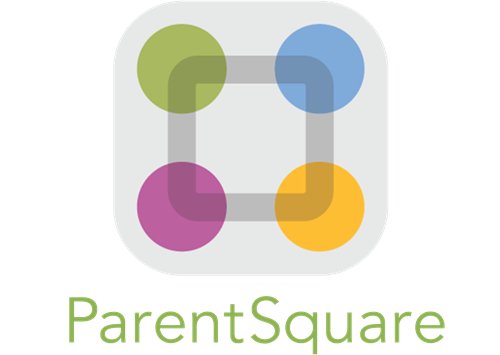Paid Parental Leave FAQs
What is paid parental leave?
Who is covered?
May an employee use sick leave for parental leave?
An employee wants to take 12 workweeks of parental leave but does not have 12 workweeks of sick leave. Will the employee be paid for the rest of the time?
If an employee wants to take 12 workweeks of parental leave but does not have 12 workweeks of sick leave, he/she may be entitled to partial pay for the remainder. The employee must:
What if the collective bargaining agreement conflicts with the statutes?
Is verification required?
Interaction with Pregnancy Disability Leave
What are the eligibility requirements for Pregnancy Disability Leave?
How does paid parental leave affect leave for pregnancy and childbirth-related disability?
May an employee disabled by pregnancy/childbirth save her sick leave and get sub difference or 50% pay?
Why does the new mother who has given birth get to take more than 12 workweeks of leave?
When does an employee have to inform her supervisor of her pregnancy and when does she have to stop working?
An employee is acting as a surrogate mother. Is she entitled to pregnancy disability and/or paid parental/child-bonding leave?
An employee and spouse are using a surrogate to carry the baby. Are they entitled to leave to care for the surrogate mother?
An employee's adult daughter is having a baby. May the employee take family or child bonding leave to take care of her?
Paid Parental Leave
How much parental leave may an employee take?
An employee does not want to exhaust his/her sick leave for parental leave. Is the employee still entitled to receive substitute differential or 50% pay for the 12 workweeks?
Is an employee required to use his/her vacation for parental/child-bonding leave before receiving substitute differential/50% pay?
May an employee take unpaid child-bonding leave? Even if the employee has available sick leave?
Does an employee have the right to take his/her paid parental/child bonding leave on a part-time work schedule?
An employee's adult child has a new baby. May the employee take paid parental/child bonding leave to help care for the new child?
An employee and his/her partner are not married or registered domestic partners, but are expecting a child. May the employee take paid parental/child-bonding leave?
An employee and partner are using a surrogate mother. Is the employee entitled to paid parental/child-bonding leave? Does it matter if the child is biologically the employee's?
An employee had twins. Does she get 24 workweeks of paid parental/child bonding leave?
After an employee exhausts paid parental/CFRA child-bonding leave, may the employee take 12 workweeks of FMLA child-bonding leave?
What if an employee exhausts her sick leave and five months/100 days of substitute differential pay/50% pay leave before beginning parental/child-bonding leave?
May an employee take child-bonding/parental leave when his/her child is 2?
An employee has temporary legal and physical custody of his/her grandchild because the employee's child is serving overseas in the military. May the employee take 12 workweeks of paid parental/child-bonding leave to care for the grandchild?
employee may, however, take family leave to act as a guardian to the grandchild, such as arranging new childcare or school, attending school meetings, or engaging in other activities that arise because the employee's child has deployed overseas. If the employee's grandchild is ill, the employee may take family leave to care for him or her. An employee may also use one-half of his/her annual sick leave to care for his/her ill grandchild (regardless of whether you have custody) or take him/her to medical appointments.
Adoption and Foster Care
An employee took custody of a foster child two years ago and took 12 workweeks of bonding leave at that time. The employee is now in the process of adopting that foster child. Is the employee entitled to an additional 12 workweeks of child-bonding leave?
The contract states that child-bonding leave is available for 12 months after a child is placed for adoption or foster care. An employee is adopting a child but it has taken more than a year. May the employee take 12 workweeks of paid parental/child bonding leave each 12 months for the same child until the adoption is finalized?
An employee is adopting a child. Before the employee takes custody of the child, the employee will have home visitations, meetings with attorneys and social workers, and court appearances related to the adoption. May the employee take paid parental/child-bonding leave for that time even though the employee has not received physical custody of the child?
An employee is adopting a child from overseas and has to travel to take custody of the child. May the employee take family leave for that travel?




